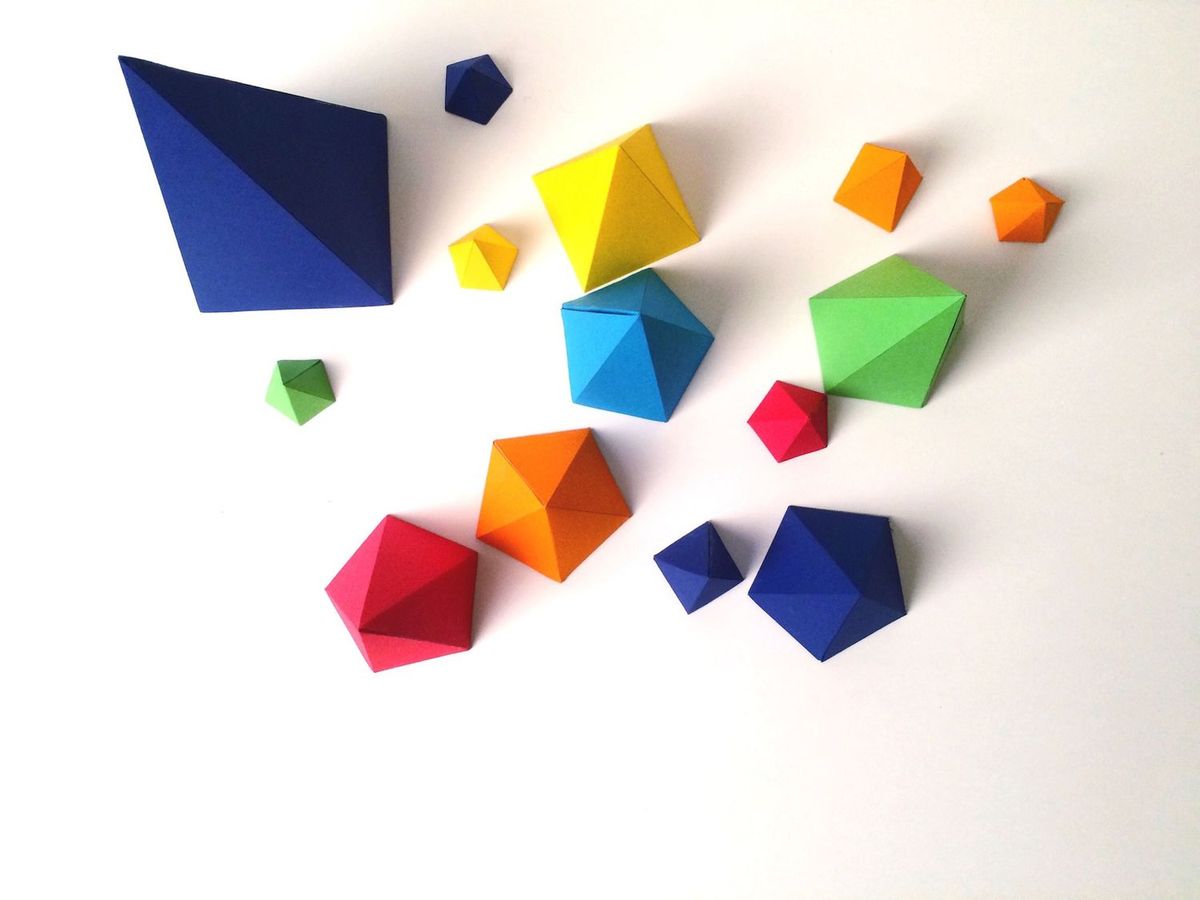Surface area is a measure of the total area that a solid object covers. It is an important parameter for many engineering and construction applications, such as determining the amount of paint needed to cover a wall, calculating the amount of material required for construction, or designing efficient heat transfer systems. In this article, we will discuss how to find a surface area for different types of objects.
Rectangular Prism
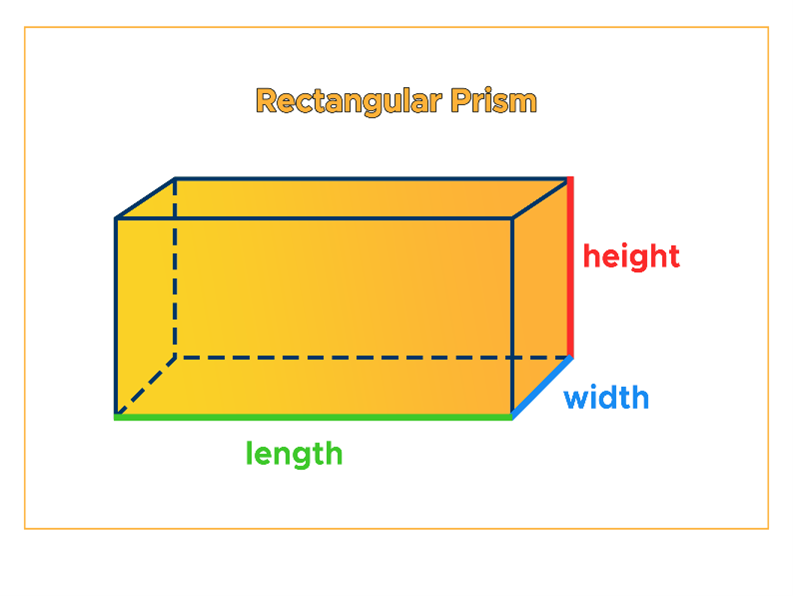
A rectangular prism is a three-dimensional object with six faces, all of which are rectangles. To find the surface area of a rectangular prism, you need to find the area of each of the six faces and add them together. The formula for the surface area of a rectangular prism is:
SA = 2lw + 2lh + 2wh
Where l is the length, w is the width, and h is the height of the prism. The formula can be simplified to:
SA = 2(lw + lh + wh)
For example, if a rectangular prism has a length of 5 cm, a width of 3 cm, and a height of 2 cm, the surface area can be calculated as follows:
Cube
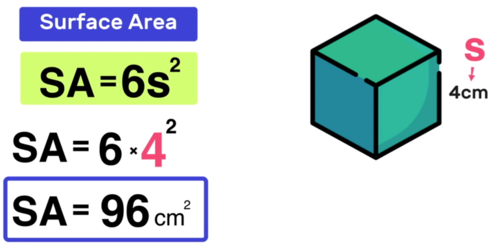
A cube is a three-dimensional object with six square faces, all of which are congruent. To find the surface area of a cube, you need to find the area of one of the square faces and multiply it by 6. The formula for the surface area of a cube is:
SA = 6s^2
Where s is the length of one of the sides of the cube. For example, if a cube has a side length of 4 cm, the surface area can be calculated as follows:
SA = 6 x 4^2 = 6 x 16 = 96 cm²
Cylinder
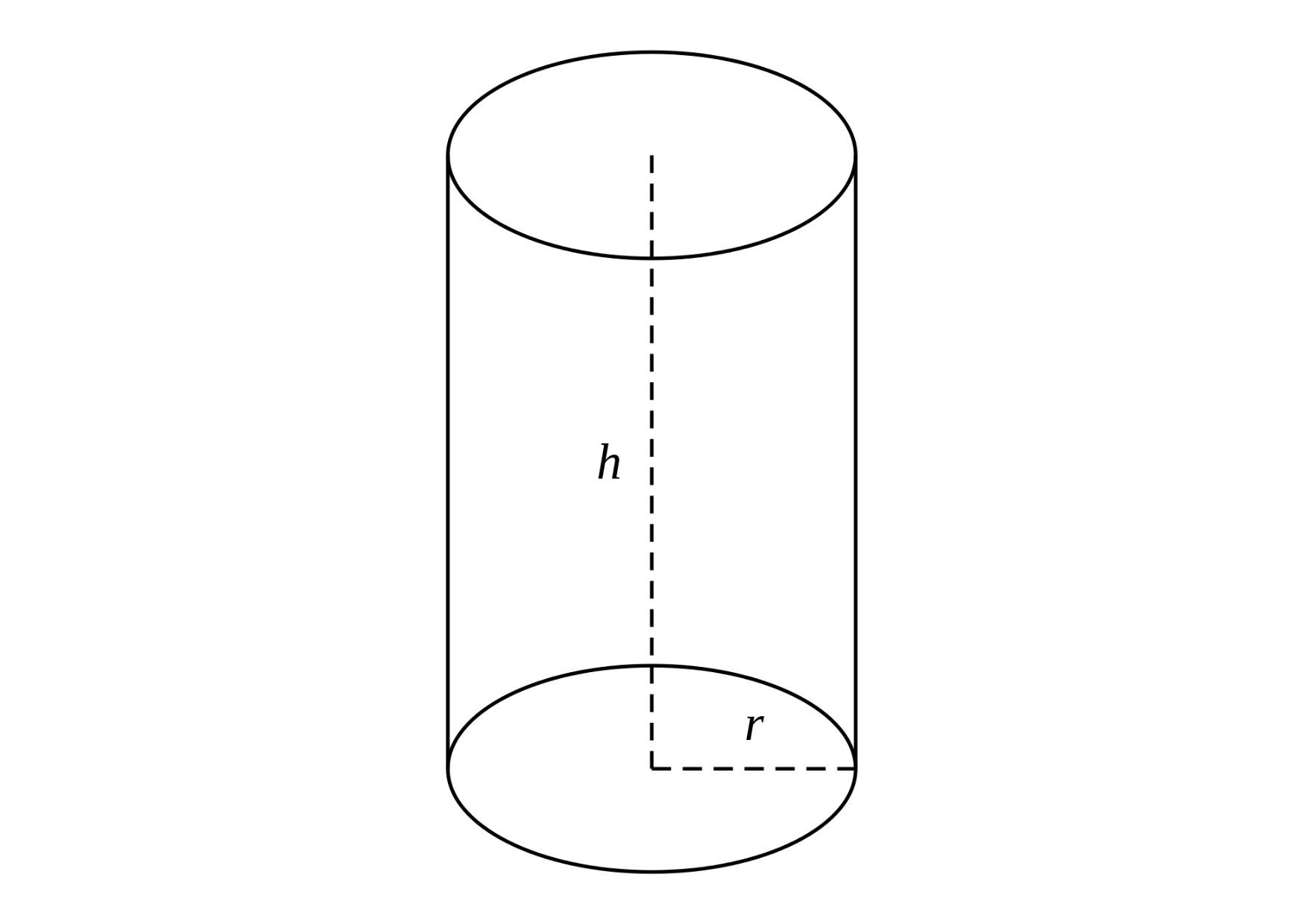
A cylinder is a three-dimensional object with two circular faces and a curved surface connecting them. To find the surface area of a cylinder, you need to find the area of each of the circular faces and the area of the curved surface, and then add them together. The formula for the surface area of a cylinder is:
SA = 2πr^2 + 2πrh
Where r is the radius of the circular face, and h is the height of the cylinder. For example, if a cylinder has a radius of 3 cm and a height of 6 cm, the surface area can be calculated as follows:
SA = 2π x 3^2 + 2π x 3 x 6 = 2π x 9 + 2π x 18 = 2π x 27 = 54π
Cone
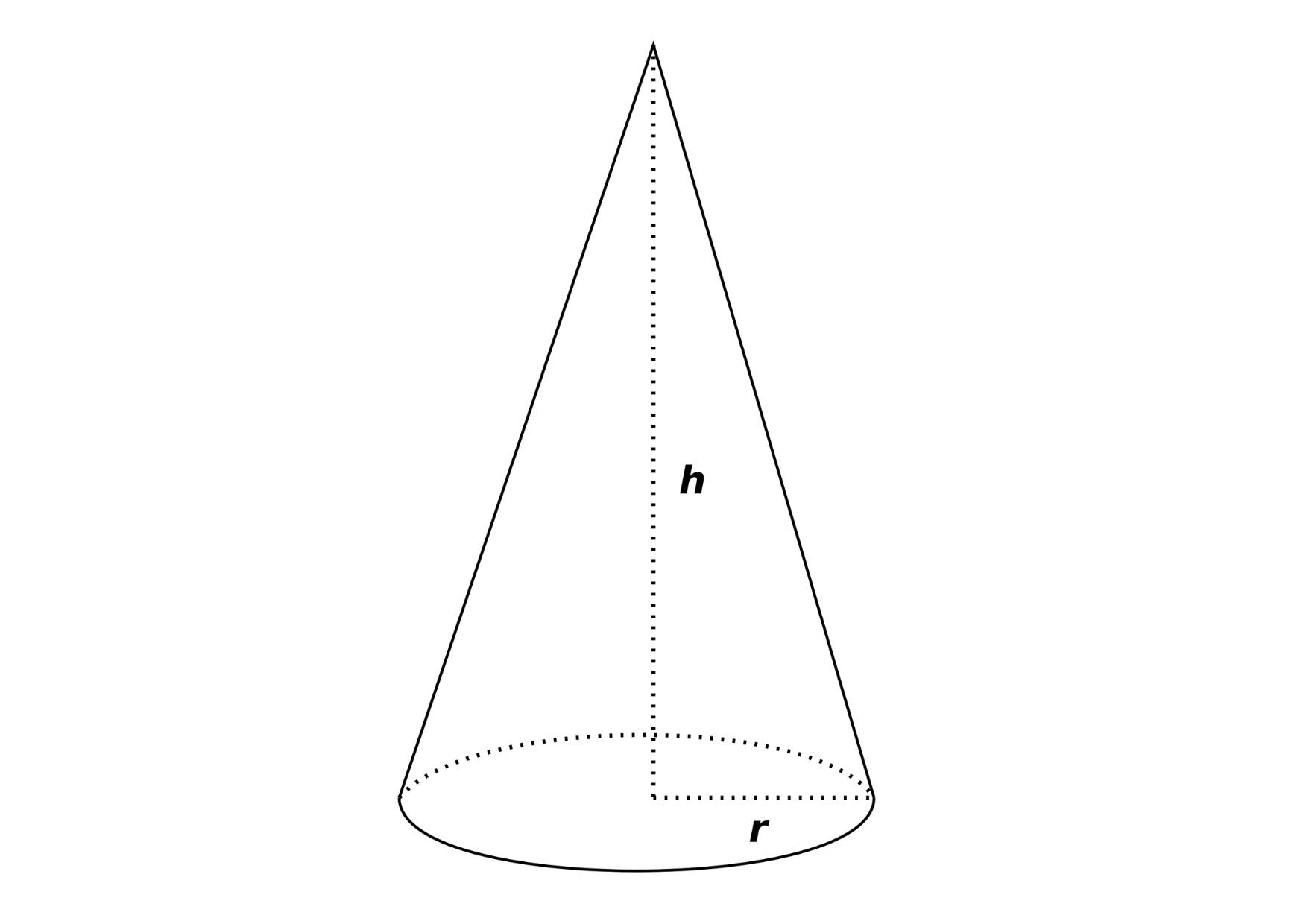
A cone is a three-dimensional object with a circular base and a curved surface that tapers to a point. To find the surface area of a cone, you need to find the area of the circular base and the area of the curved surface, and then add them together. The formula for the surface area of a cone is:
SA = πr^2 + πr√(r^2 + h^2)
Where r is the radius of the circular base, and h is the height of the cone. For example, if a cone has a radius of 4 cm and a height of 5 cm, the surface area can be calculated as follows:
SA = π x 4^2 + π x 4 x √(4^2 + 5^2) = π x 16 + π x 4 x √41 = 16π + 16.5
Sphere
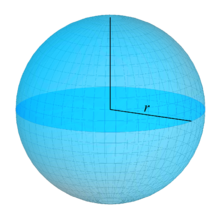
A sphere is a three-dimensional object with a curved surface that is the same distance from its center at all points. To find the surface area of a sphere, you need to find the area of the curved surface. The formula for the surface area of a sphere is:
SA = 4πr^2
Where r is the radius of the sphere. For example, if a sphere has a radius of 2 cm, the surface area can be calculated as follows:
SA = 4π x 2^2 = 4π x 4 = 16π cm²
Triangular Prism
A triangular prism is a three-dimensional object with five faces, two of which are congruent triangles and three of which are rectangles. To find the surface area of a triangular prism, you need to find the area of each of the five faces and add them together. The formula for the surface area of a triangular prism is:
SA = 2al + ph
Where a is the base of the triangle, l is the slant height of the triangle, p is the perimeter of the base, and h is the height of the prism. For example, if a triangular prism has a base of 4 cm, a slant height of 5 cm, a perimeter of 12 cm, and a height of 6 cm, the surface area can be calculated as follows:
SA = 2 x 4 x 5 + 12 x 6 = 40 + 72 = 112 cm²

Common misconceptions in finding surface area
There are a few common misconceptions people might have when finding surface area:
- Confusing surface area with volume: Surface area and volume are two different concepts in geometry. Surface area refers to the total area of all the faces of a three-dimensional object, while volume refers to the amount of space inside the object.
- Ignoring hidden faces: Sometimes people forget to include the surface area of faces that are hidden from view. It's important to remember that all faces, even the ones that are not visible, contribute to the total surface area of an object.
- Forgetting to account for units: It's easy to make mistakes with units when finding surface area. Make sure that all measurements are in the same units and that the final answer is expressed in square units.
- Assuming all shapes are rectangular: When working with irregular shapes, it's common to assume that the shape can be broken down into rectangles to find the surface area. However, this is not always the case and can lead to incorrect calculations.
- Using the wrong formula: Different shapes have different formulas for finding surface area. It's important to use the correct formula for the shape being calculated to avoid errors.
In conclusion, finding the surface area of a three-dimensional object is a critical skill in various fields. To find the surface area of different objects, you need to use specific formulas that depend on the shape of the object. Rectangular prisms, cubes, cylinders, cones, spheres, and triangular prisms are some of the most common objects for which surface area is calculated. By understanding the formulas and applying them correctly, you can accurately determine the surface area of an object and make informed decisions in engineering and construction applications.

